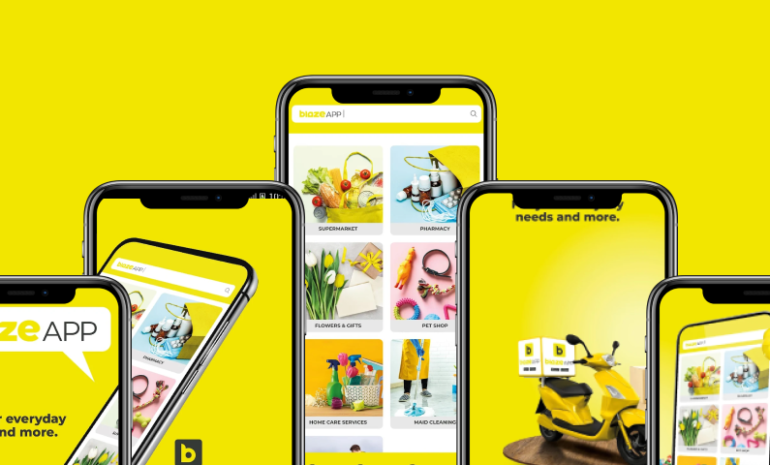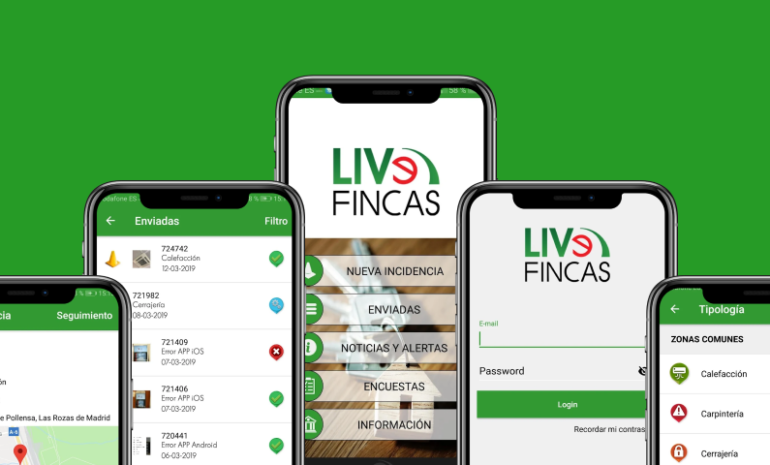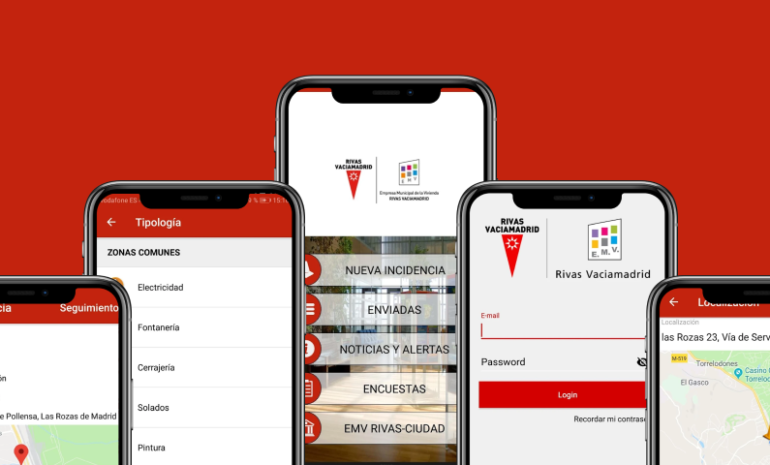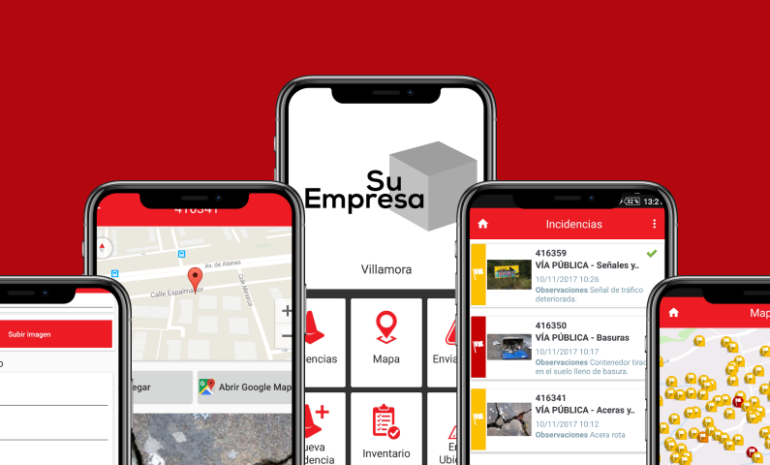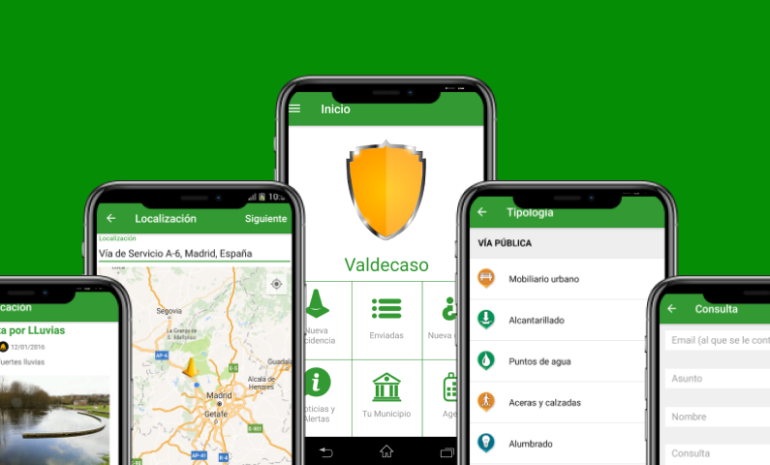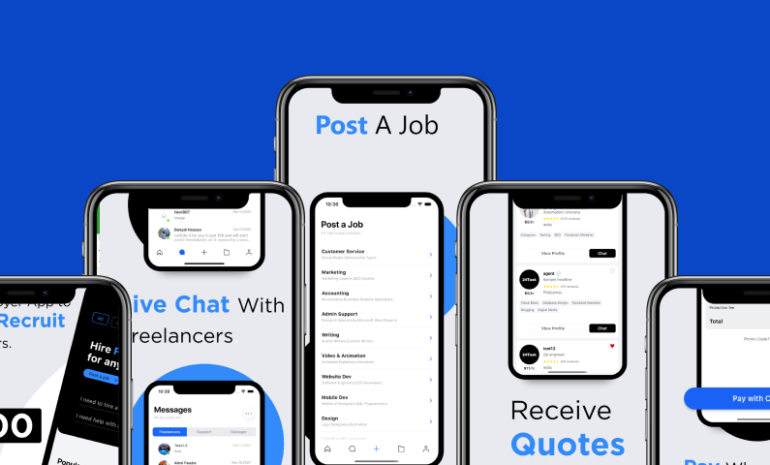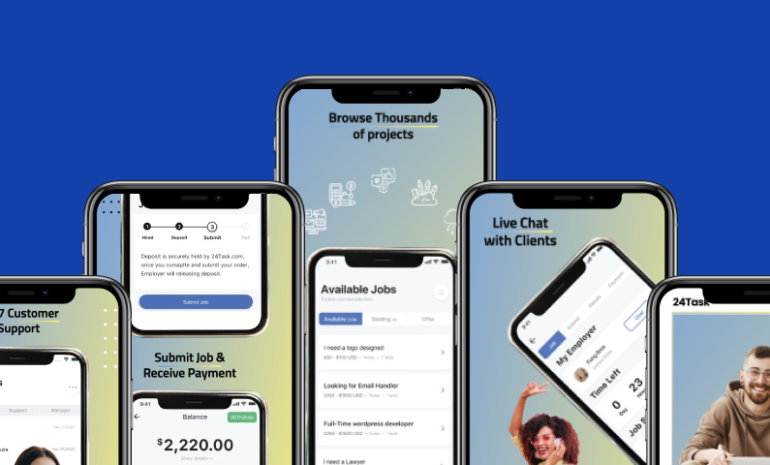

Project Summary
Education-Mobile-App-UI is a mobile application design project aimed at creating an intuitive, engaging, and visually appealing user interface for an educational app.
The app is designed to cater to students, teachers, and institutions, providing them with a seamless platform for learning, teaching, and managing educational content.
The design focuses on user experience, ensuring that the interface is easy to navigate and aesthetically pleasing, while also being functional and accessible.

